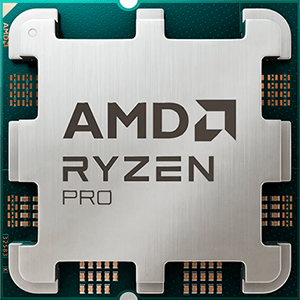Intel Core i5 7200U vs AMD Ryzen 9 9850HX
We compared two laptop CPUs: Intel Core i5 7200U with 2 cores 2.5GHz and AMD Ryzen 9 9850HX with 12 cores 3.0GHz . You will find out which processor performs better in benchmark tests, key specifications, power consumption and more.
Main Differences
Intel Core i5 7200U 's Advantages
Lower TDP (15W vs 75W)
AMD Ryzen 9 9850HX 's Advantages
Released 8 years and 5 months late
Better graphics card performance
Higher specification of memory (5600 vs 2133)
Newer PCIe version (5.0 vs 3.0)
Higher base frequency (3.0GHz vs 2.5GHz)
Larger L3 cache size (64MB vs 3MB)
More modern manufacturing process (4nm vs 14nm)
Score
Benchmark
Cinebench R23 Single Core
Intel Core i5 7200U
792
AMD Ryzen 9 9850HX
+137%
1878
Cinebench R23 Multi Core
Intel Core i5 7200U
2040
AMD Ryzen 9 9850HX
+1209%
26711
Geekbench 6 Single Core
Intel Core i5 7200U
943
AMD Ryzen 9 9850HX
+211%
2935
Geekbench 6 Multi Core
Intel Core i5 7200U
2003
AMD Ryzen 9 9850HX
+657%
15177
General Parameters
Aug 2016
Release Date
Jan 2025
Intel
Manufacturer
Amd
Laptop
Type
Laptop
x86-64
Instruction Set
x86-64
Kaby Lake
Core Architecture
Zen 5 (Fire Range)
i5-7200U
Processor Number
9850HX
BGA-1356
Socket
FL1
HD Graphics 620
Integrated Graphics
Radeon 610M
Package
14 nm
Manufacturing Process
4 nm
15 W
Power Consumption
55-75 W
-
Max Turbo Power Consumption
101 W
100 °C
Peak Operating Temperature
100 °C
CPU Performance
2
Performance Cores
12
4
Performance Core Threads
24
2.5 GHz
Performance Core Base Frequency
3.0 GHz
3.1 GHz
Performance Core Turbo Frequency
5.2 GHz
2
Total Core Count
12
4
Total Thread Count
24
100 MHz
Bus Frequency
100 MHz
25x
Multiplier
30
64 K per core
L1 Cache
80 K per core
256 K per core
L2 Cache
1 MB per core
3 MB shared
L3 Cache
64 MB shared
No
Unlocked Multiplier
Yes
Memory Parameters
DDR4-2133, LPDDR3-1866, DDR3L-1600
Memory Types
DDR5-5600
32 GB
Max Memory Size
96 GB
2
Max Memory Channels
2
34.1 GB/s
Max Memory Bandwidth
-
No
ECC Memory Support
No
Graphics Card Parameters
true
Integrated Graphics
true
300 MHz
GPU Base Frequency
400 MHz
1000 MHz
GPU Max Dynamic Frequency
2200 MHz
192
Shader Units
128
24
Texture Units
8
3
Raster Operation Units
4
24
Execution Units
2
15 W
Power Consumption
15
4096x2304 - 60 Hz
Max Resolution
-
0.4 TFLOPS
Graphics Performance
0.6 TFLOPS
Miscellaneous
3.0
PCIe Version
5.0
12
PCIe Lanes
28
SSE4.1, SSE4.2, AVX-2
Extended Instruction Set
-






